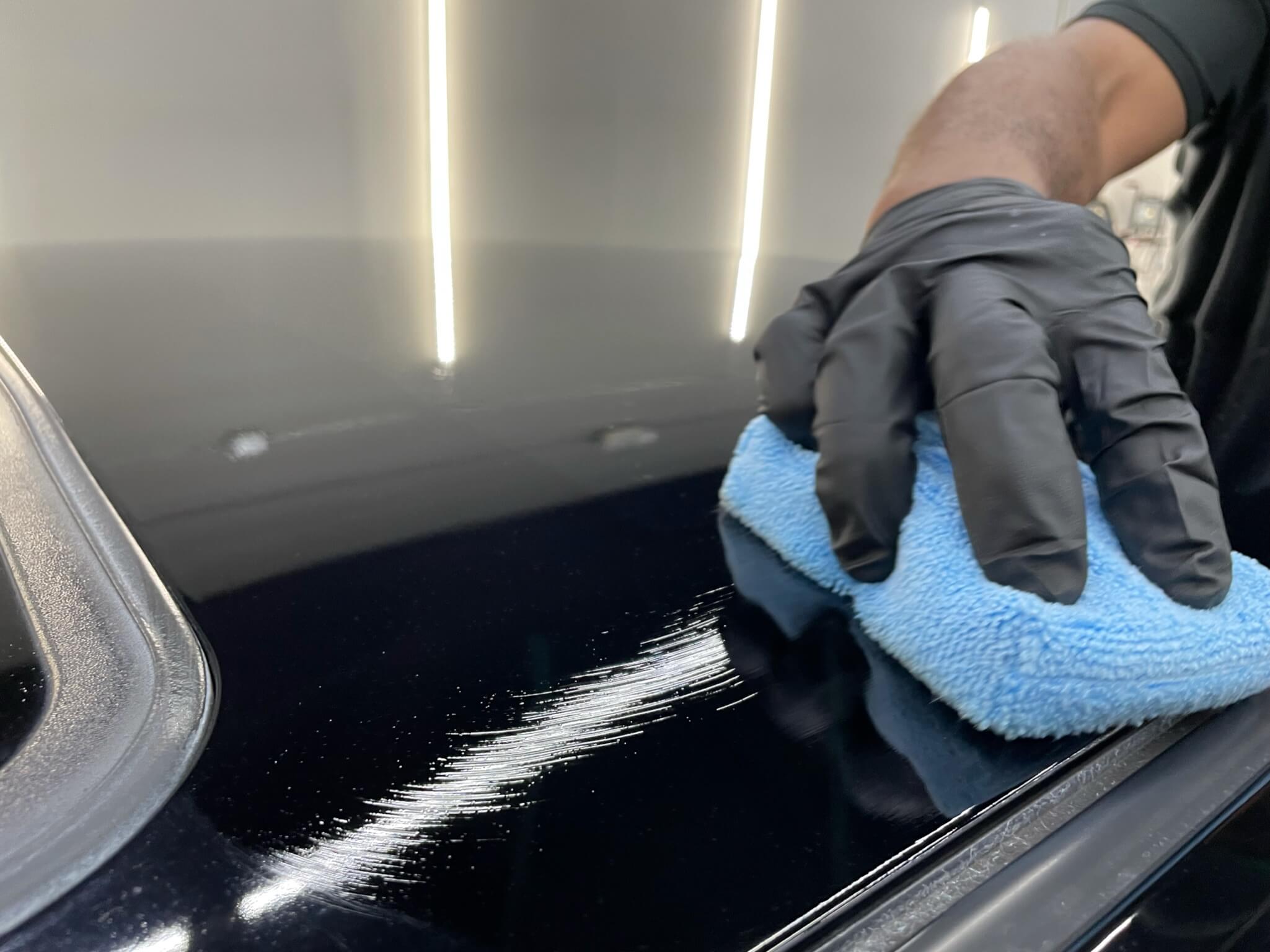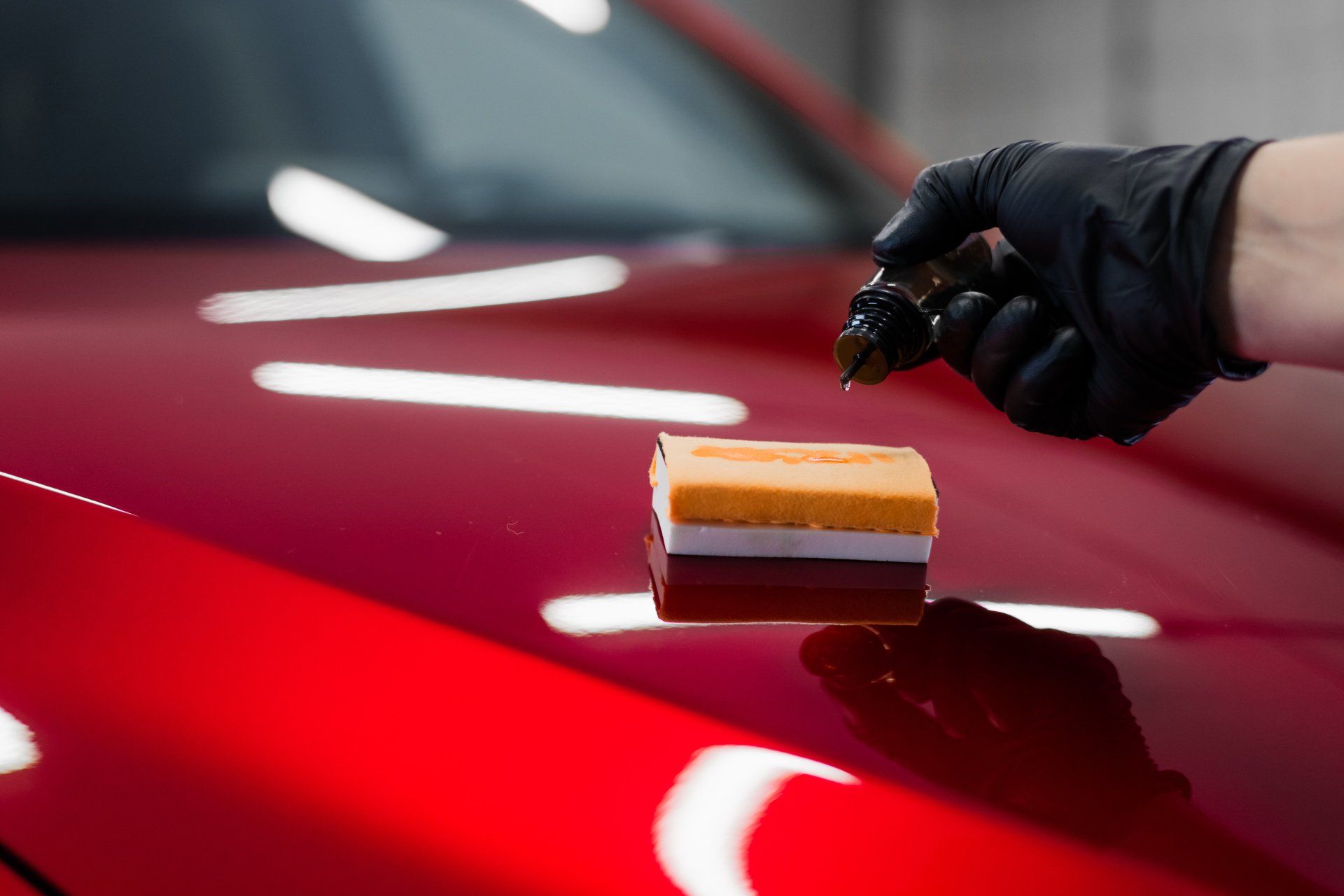Uncover the Top Protection for Your Ride with Ceramic Coating Denver Experts
Uncover the Top Protection for Your Ride with Ceramic Coating Denver Experts
Blog Article
A Comprehensive Guide to the Kinds Of Ceramic Coating on the marketplace
Ceramic layers have arised as a crucial option across various industries because of their distinct residential properties and applications. From silica-based formulations known for their robustness to crossbreed choices that combine numerous advantages, the selections offered can be frustrating. Recognizing the subtleties of each type, including their specific advantages and ideal usage instances, is vital for making educated decisions. As we check out the distinct qualities and applications of these layers, the implications for efficiency and long life come to be increasingly evident, questioning regarding which kind could best suit your needs.
Comprehending Ceramic Coatings
Ceramic finishes are innovative safety remedies that have gotten popularity in different sectors, specifically in auto and aerospace applications. These coverings contain a liquid polymer that, when treated, develops a long lasting, hydrophobic layer externally of the substrate. This layer provides boosted resistance to ecological pollutants, UV radiation, and chemical exposure, thereby expanding the life and aesthetic allure of the underlying product.
The essential component of ceramic layers is silica, which adds to their firmness and sturdiness. The application process generally entails surface area preparation, application of the coating, and healing, which can be attained through heat or UV light. When treated, ceramic layers exhibit phenomenal bonding properties, permitting them to adhere highly to a range of surfaces, consisting of metals, plastics, and glass.
Along with their protective features, ceramic layers likewise offer simplicity of maintenance. Their hydrophobic nature lowers the adherence of dirt and crud, making cleaning less complex and less constant. In general, the fostering of ceramic coverings stands for a significant innovation in surface defense technology, supplying both visual and functional advantages throughout multiple markets.
Types of Ceramic Coatings
Different types of ceramic coatings are offered, each made to meet certain performance demands and applications. One of the most common types include:
Silica-based Coatings, these layers mainly include silicon dioxide and are understood for their durability and chemical resistance. They are extensively utilized in commercial and auto applications.
Titanium Dioxide Coatings: Prominent for their photocatalytic residential properties, titanium dioxide coatings are often used in settings where self-cleaning and antifungal buildings are preferable, such as in structure materials and vehicle coatings.
Zirconia Coatings are characterized by their high-temperature stability and thermal resistance, zirconia finishings are made use of in applications such as generator engines and high-performance automobile parts.
Alumina Coatings, Showing superb solidity and thermal security, alumina layers are frequently used in wear-resistant applications, consisting of reducing devices and commercial equipment.
Hybrid Coatings:Integrating the residential properties of different materials, crossbreed layers supply boosted efficiency attributes, making them appropriate for distinct and demanding applications.
Each sort of ceramic layer offers unique functions, allowing customers to select one of the most suitable solution based on specific ecological conditions and performance demands.
Advantages of Ceramic Coatings

In enhancement to longevity, ceramic finishings give outstanding hydrophobic residential properties, enabling for very easy cleansing and maintenance. This water-repellent nature minimizes the adherence of dust, crud, you could try these out and other contaminants, which can prolong the aesthetic allure and performance of the surface. Furthermore, ceramic coatings can dramatically improve thermal resistance, making them perfect for applications that endure heats.
Ceramic finishes can add to power performance by reflecting heat, which is particularly useful in commercial and auto setups. Overall, the numerous advantages of ceramic coverings make them an important financial investment for numerous applications, ensuring optimal efficiency and defense.
Application Process
When applying ceramic layers, a thorough strategy is important to achieve optimal outcomes. A clean surface area makes certain appropriate adhesion of the layer.
Once the surface the original source area is prepped, the next action is to apply the ceramic finish. The finishing should be used in slim layers, as thicker applications can lead to unequal coatings.
After application, the finish calls for a particular treating time, typically ranging from a few hours to a full day, depending upon the product. Throughout this time around, it is essential to avoid direct exposure to moisture or pollutants. Ultimately, a gentle buffing may be essential after curing to improve the gloss and get rid of any type of high areas. Following these steps carefully will optimize the effectiveness and durability of the ceramic finish, giving a durable protective layer for the surface area.
Maintenance and Longevity
To make sure the longevity and performance of a ceramic finish, routine maintenance is crucial. Ceramic finishes, known for their durability and safety high qualities, call for certain care routines to optimize their life expectancy and efficiency.
Along with normal washing, regular inspections are vital. Look for indications of wear or damages, such as hydrophobic residential properties diminishing or surface blemishes. If necessary, a light polish may be put on rejuvenate the finishing without removing it away.
Additionally, the application of a booster spray can improve the layer's hydrophobic effects and restore its gloss. This is especially helpful for coatings that have been in use for an extended period. Eventually, by sticking to these maintenance methods, one can dramatically expand the life of a ceramic coating, guaranteeing that it continues to offer ideal protection versus ecological variables and maintain the visual allure of the lorry.

Conclusion
In verdict, ceramic finishings stand for a flexible solution for a variety of applications, using a variety of kinds such as silica, titanium zirconia, alumina, and dioxide. Generally, ceramic layers contribute significantly to improving the resilience and performance of different surfaces across numerous sectors.
Ceramic finishes have actually emerged as a pivotal remedy throughout different industries due to their one-of-a-kind buildings and applications.Ceramic finishes are sophisticated safety services that have obtained appeal in different industries, specifically in aerospace and automobile applications. Ceramic coverings can dramatically enhance thermal resistance, making them perfect for applications that endure high temperature levels.
Generally, the various advantages of ceramic coatings make them a beneficial financial investment for various applications, making sure ideal performance and security.
In conclusion, ceramic finishes represent a functional service for an array of applications, other providing a selection of types such as silica, titanium dioxide, alumina, and zirconia.
Report this page